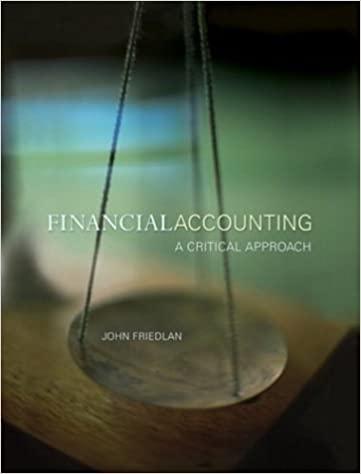Examine the financial statements and Note 17 to the financial statements. a. What is the combined federal
Question:
Examine the financial statements and Note 17 to the financial statements.
a. What is the combined federal and provincial tax rate that applies to MWW’s taxable income?
b. How much is MWW liable for in income taxes for the fiscal year ended January 27, 2001? How much was MWW liable for the fiscal year ended January 29, 2000?
c. Use the combined federal and provincial tax rate that applies to MWW’s taxable income to estimate its taxable income for the fiscal year ended January 27, 2001.
d. Prepare the journal entry that MWW would make to record its income tax expense for the year ended January 27, 2001. :
e. What was the balance in the future income tax account on January 27, 2001 and on January 29, 2000?
f. Explain the difference between the income tax expense, or as MWW calls it, the provision for income taxes, and taxes payable.
g. Note 17 (page A-62) discloses the major components of MWW’’s future tax assets and liabilities. What contribution do capital assets make to the future income tax balance on January 27, 2001? Explain what this amount means.
What contribution do other assets make to the future income tax balance on January 27, 2001? Explain what this amount means.
h. On MWW’’s statement of cash flows, future income taxes (benefits) are added back in the calculation of funds from operations. Explain why.
i. Prepare a schedule reconciling the balance in the income taxes payable account on January 29, 2000 to the balance in that account on January 27, 2001. To answer this question you will have to use information from the balance sheet, statement of earnings, and the supplementary schedules to the consolidated statement of cash flows.
j. Examine the first table in Note 17 (page A-62). What is the tax rate that MWW would have been expected to pay in fiscal 1999 and 2000 according to the Income Tax Act and provincial tax laws? What is the tax rate reflected in the accounting numbers in the income statement in fiscal 1999 and 2000? What is MWW’s tax rate based on the actual amount of tax that it must pay for income earned in fiscal 1999 and 2000? Explain why these three rates are different and what each means. Is information about these different tax rates important to users of the financial statements? Explain.
Step by Step Answer:






